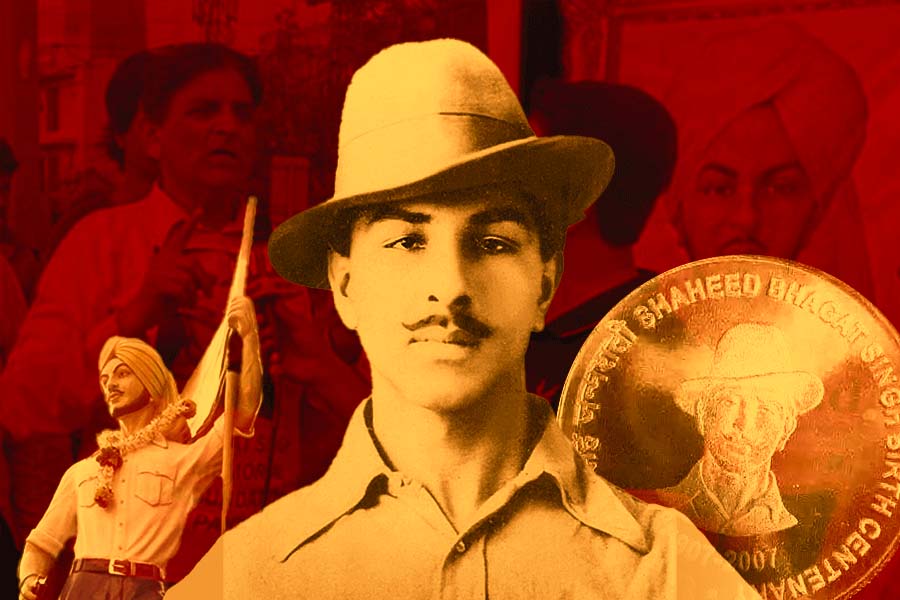LAHORE, Dec 31: The Government of Punjab in Pakistan has opened the Bhagat Singh Gallery to visitors at the historical Poonch House, the site of the renowned freedom fighter’s trial approximately 93 years ago.
The gallery displays a collection of historical documents, including photographs, letters, newspapers, trial details, and various memorial items reflecting his life and struggle for independence.
Punjab Chief Secretary Zahid Akhtar Zaman inaugurated the gallery on Monday.
“Visitors will be able to explore the gallery as part of an agreement between the Punjab government’s departments of industry, commerce, and tourism,” Zaman stated, highlighting that the historical Poonch House has been restored to its original condition.
“This gallery is dedicated to illustrating Bhagat Singh’s fight for freedom,” he mentioned.
For the first time in 2018, the Punjab Archives Department showcased records related to the iconic freedom fighter’s case, including his execution certificate, correspondence, photographs, newspaper clippings, and other significant materials.
At just 23 years old, Singh was executed by the British authorities on March 23, 1931, in Lahore, following charges of conspiring against the colonial government.
The case accused Singh, Sukhdev, and Rajguru of allegedly assassinating British police officer John P. Saunders.
Included in the displayed records was Singh’s request for a copy of the court order dated August 27, 1930, along with his petition from May 31, 1929, seeking an interview with his father.
Also featured was a petition from his father, Sardar Kishan Singh, contesting his son’s death sentence, as well as the execution certificate confirming Singh’s death at Lahore district jail on March 23, 1931.
The collection contains a petition from Singh requesting access to daily newspapers and books, along with various documents related to the manifesto of the Naujawan Bharat Sabha Lahore by B.C. Vohra and several clippings from the daily VIRBHARAT among others.
A particular document concerning Singh’s execution states: “I (the superintendent of the jail) hereby certify that the death sentence imposed on Bhagat Singh has been properly executed, and that Bhagat Singh was hanged until dead at Lahore Jail on 9 PM, Monday, March 23, 1931. The body was not removed until a medical officer confirmed life was extinct; and that no accident, error, or misadventure transpired.”
Notably, the revolutionary rejected the conventional closing of his applications, opting instead for the phrase “Yours etc. etc.” as a testament to his defiance against oppression.
The case files also reveal how British India’s police and intelligence agencies dismantled Singh’s team, which comprised around 24 to 25 members from various regions of India, establishing their connections to the Hindustan Socialist Republican Army and the Naujawan Bharat Sabha.
Bhagat Singh Memorial Foundation Chairman Advocate Imtiaz Rasheed Qureshi commented to PTI on Tuesday that since the Punjab government has inaugurated the Bhagat Singh Gallery, it should also rename Shadman Chowk, the site of his execution, in his honor. “We will continue advocating for this change,” he added. (PTI)


Leave a Reply